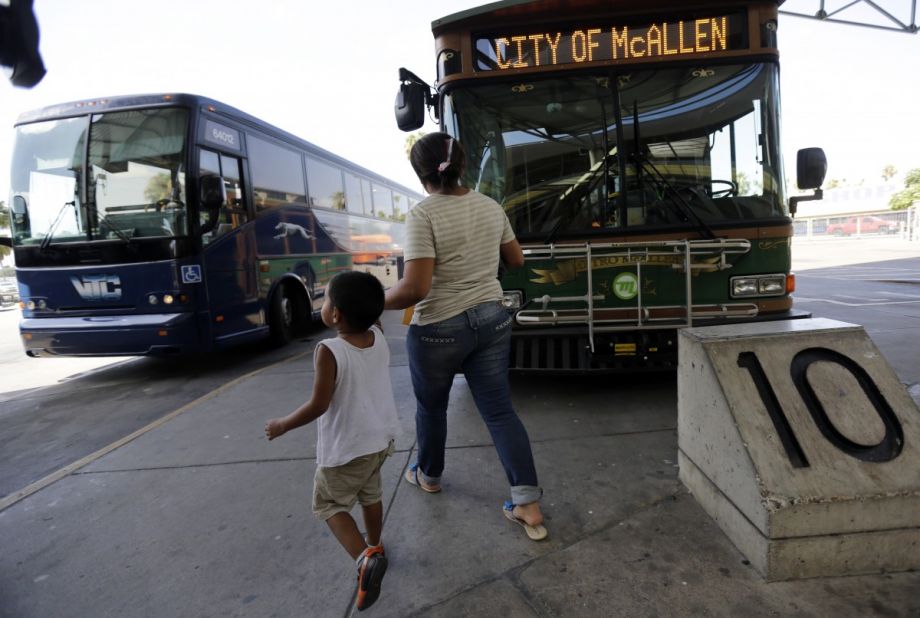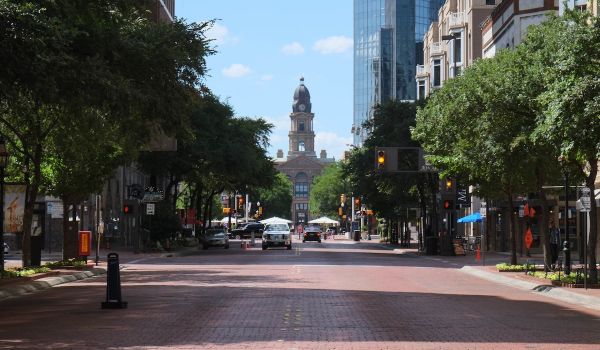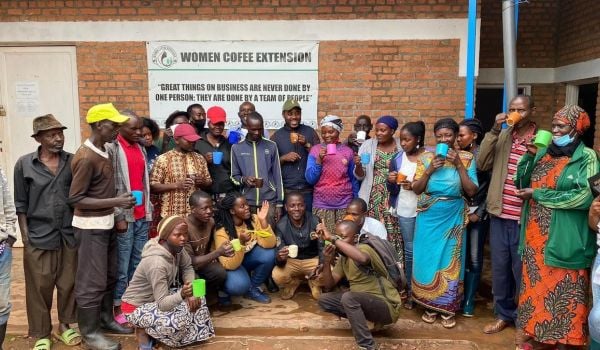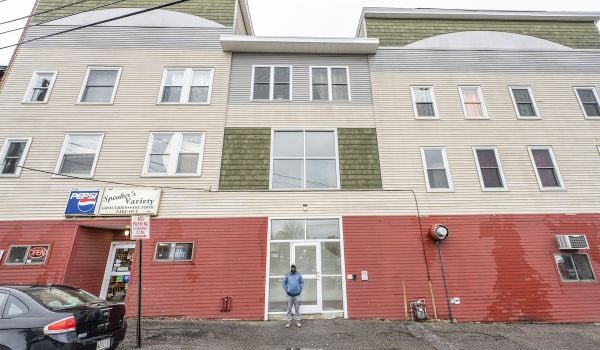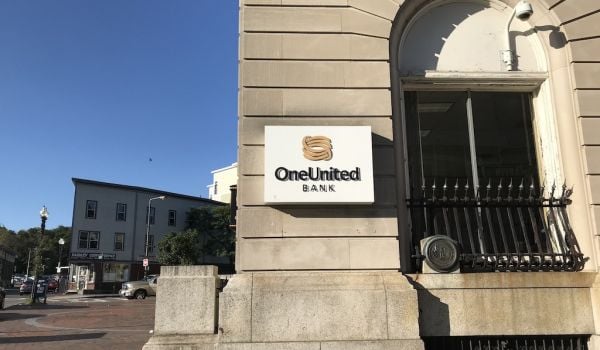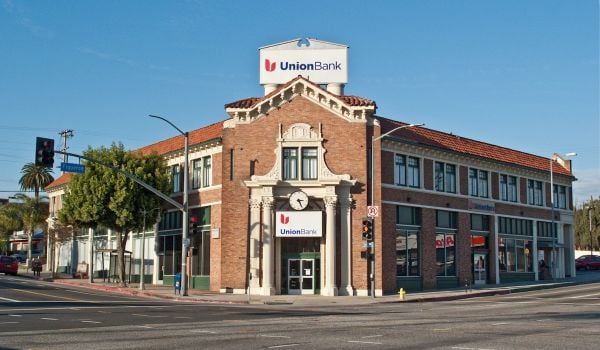When Jorge Sanchez thinks about the entrepreneurial landscape in McAllen, Texas, the chamber of commerce vice president considers it largely untapped. The next great entrepreneur could be someone living in poverty and wondering if he’ll ever get to give his ideas a chance, like Lamar Jones did.
Jones moved to the McAllen area in 2013 and shared a two-bedroom apartment with a friend. They had no mattresses so they slept on the floor, and relied on cheap takeout food. With every ordered meal, Jones found himself underwhelmed by the barbecue sauces he was served. So he created his own.
The chamber was impressed with Jones’ recipe to the point that they helped put him through an eight-week incubator called Idea Place. At the end, Jones got a $10,000 grant to bring his food product to market, through the McAllen Innovation Grant.
“He first started selling at local markets. Now he’s selling it at over 160 H-E-Bs,” says Sanchez, referring to the Texas chain grocery store.
Three years ago, the McAllen Chamber of Commerce spent $220,000 to rehabilitate a 60-year-old library and turn it into a new co-working space. It was around that time that the chamber also started offering up its McAllen Innovation grants and Idea Place incubation rounds.
Today TechPlace, the co-working space, is running at 88 percent occupancy, giving freelancers or individual entrepreneurs a desk and WiFi for only $25 a month, and small-size enterprises their own meeting space for between $200 and $400 a month. They’re hoping that investing in nascent businesses will shake the city free of the deep poverty that characterizes its neighborhoods.
“We understand poverty levels are top level here,” he says. “One of the main factors [pushing people] to want to be an entrepreneur is to leave that lifestyle.”
In a new study by Penn State researcher John Iceland that looks at concentrations of poverty across the U.S., McAllen, which presses up against the U.S.-Mexico border, has the greatest density of entire neighborhoods where 40 percent of the population is living below the federal poverty line. Whereas gauging poverty as a whole means looking at how many people are living below the federal poverty line across cities, states or countries, concentrated poverty measures the number of neighborhoods within those statistical areas that have big clusters of impoverished families and individuals.
McAllen took the top spot between 2010 and 2014, a designation Iceland put together by using data from the U.S. Census Bureau’s American Community Survey. But it was also the first in the country in terms of percentages of neighborhoods living among concentrated poverty in 1980, 1990 and 2000, relying on traditional census info.
“The poor themselves are more likely to live in high-poverty neighborhoods than a decade ago,” says Iceland. Even though the highest levels of concentrated poverty on average throughout the U.S. are in predominantly black neighborhoods, poor Hispanic and white populations are showing up in income-segregated communities at nearly the same rate that black populations are. The McAllen area was number one for concentrated poverty among all ethnicities, though 84.6 percent of the population is either Hispanic or Latino. Hidalgo County, where McAllen is the county seat, reported total poverty rates of 33.5 percent and child poverty rates of 45.5 percent of the entire population.
“We understand there’s a real struggle, a problem when you have an amazing idea but you don’t have the resources,” says Sanchez. “For some people it’s difficult for them to acquire an investor or an angel or a venture capitalist eventually so that’s why we created” these resources, he said.
And it seems to be generating excitement in the area. Even though the chamber of commerce doesn’t do any marketing, entrepreneurs “keep coming,” according to Sanchez. The hope is that they can bring another struggling innovator out of the drudges like they did with Jones. “That’s the whole idea,” he says.
The Equity Factor is made possible with the support of the Surdna Foundation.
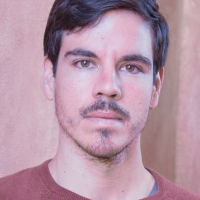
Johnny Magdaleno is a journalist, writer and photographer. His writing and photographs have been published by The Guardian, Al Jazeera, NPR, Newsweek, VICE News, the Huffington Post, the Christian Science Monitor and others. He was the 2016-2017 equitable cities fellow at Next City.


